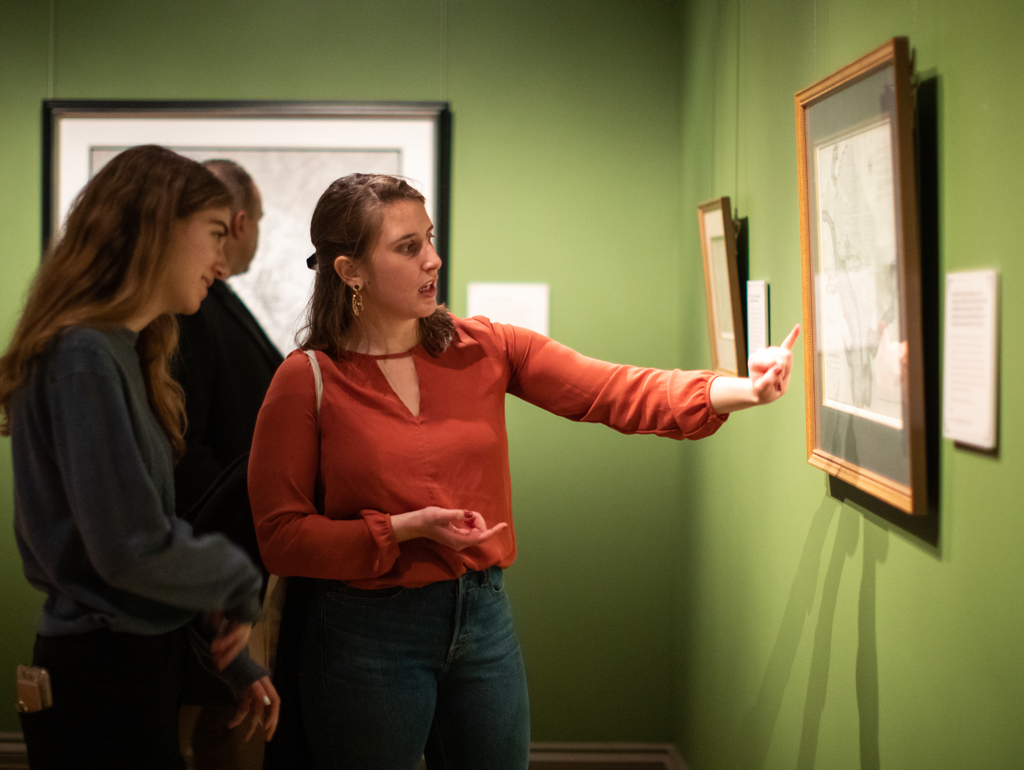MEDIA CONTACTS:
Amelia Thompson: athompson7 gwu [dot] edu, 202-994-6460
gwu [dot] edu, 202-994-6460
Maralee Csellar: csellar gwu [dot] edu, 202-994-6460
gwu [dot] edu, 202-994-6460
WASHINGTON (Feb. 7, 2020)—To mark the 288th birthday of the father of this country, the George Washington University Museum and The Textile Museum will open an exhibition tomorrow highlighting letters, prints and artifacts from its Albert H. Small Washingtoniana Collection. The objects will provide new insight into George Washington as the man behind the legends.
“George Washington and His World” will demonstrate the symbiotic relationship between George Washington and three places dear to his heart: Mount Vernon, Alexandria and ‘the Federal City” (early Washington). The exhibition will be on view through July 26. The museum organized the exhibition in cooperation with the Albert H. Small Center for National Capital Area Studies.
Shortly after securing America’s independence from Britain, Mr. Washington planned to retire to his Virginia home of Mount Vernon. His retirement would be short-lived, however, as he was called back into public service for an additional eight years as the first president of the United States. Mount Vernon was the most significant to him personally, but Mr. Washington also had a profound impact on the neighboring community of Alexandria, completing the first survey and plan for the town. The Federal City itself remains one of his greatest legacies. In 1790, Congress selected this area north of Mount Vernon as the permanent seat of government for the U.S. All three places would become an extension of the president’s legacy.
“As much as we know about George Washington, he is still somewhat of a mythical character in American history,” assistant curator Amber “Jackie” Streker said. “The Albert H. Small Washingtoniana Collection has given us an opportunity to delve into Washington’s life and explore who he was, not just as a founding father of our country, but as a person.”
Ms. Streker curated the exhibition together with GW undergraduates studying history with professor Denver Brunsman. The display will include a selection of early maps and portraits as well a check Washington wrote to William Thornton, who would become known as the “first architect” for his design of the U.S. Capitol, when he built rental houses for the president in the Federal City. A group of late-19th-century photographs of Mount Vernon by American photographer Luke C. Dillon will also be on display; they were sold as souvenirs by the Mount Vernon Ladies’ Association. The images show how the Ladies’ Association worked to interpret, reconstruct and display the home to its glory from when George Washington lived there.
Visit the museum’s website for the latest information on exhibitions and educational programs: www.museum.gwu.edu.
-GW-



